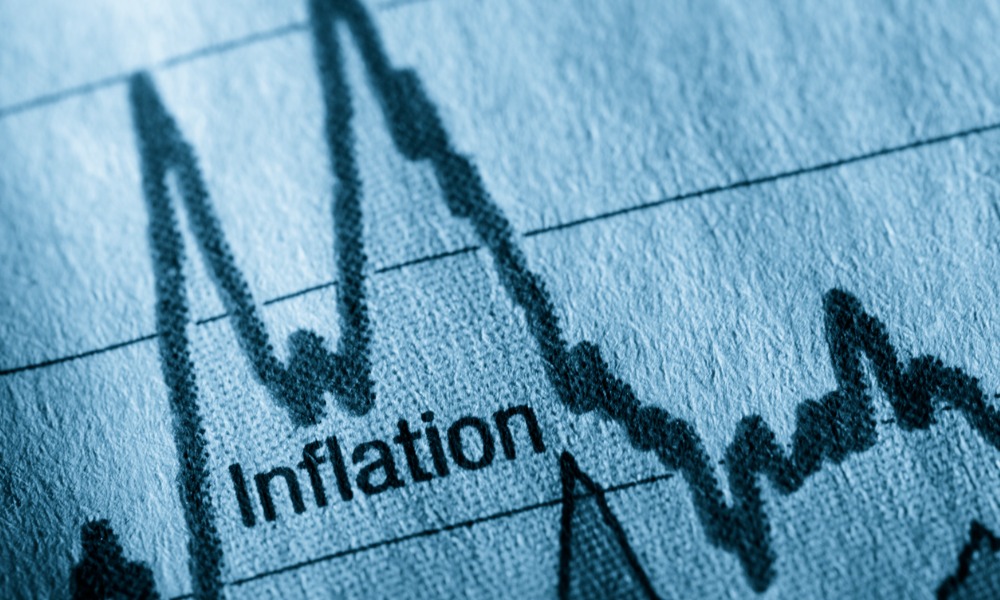This despite an uptick in inflation…

Inflation in the United States is expected to have experienced a modest increase in July, but this is unlikely to prevent the Federal Reserve from implementing a widely anticipated interest rate cut in September, according to analysts from Bloomberg Economics.
The consumer price index (CPI) for July is projected to have risen by 0.2% from June, both in its headline and core measures, which exclude food and energy. Although this represents an acceleration from June’s figures, the annual inflation rates are anticipated to remain at some of their slowest levels since early 2021.
The Federal Reserve has noted the recent easing of price pressures as a positive sign, suggesting that it can proceed with lowering borrowing costs. This shift in focus is partly due to signs of a slowdown in the labour market. The latest jobs report revealed a notable reduction in hiring and a rise in the unemployment rate for the fourth consecutive month, a development that has also contributed to a global stock market selloff.
Factors influencing inflation
Bloomberg economists suggest that a slight uptick in inflation for July is expected, following an unexpectedly low reading in June. This increase is thought to be driven primarily by core services excluding housing—a critical area for policymakers. Additionally, some forecasters are highlighting potential upward pressure on goods prices due to rising shipping costs.
Despite these factors, the anticipated decline in shelter costs, which began in June and accounts for approximately one-third of the CPI, is expected to continue. This category plays a significant role in the overall inflation trend.
The producer price index (PPI), due for release a day before the CPI, will also be closely monitored. The PPI provides insights into categories that impact the Fed’s preferred inflation measure, the personal consumption expenditures (PCE) price index.
Bloomberg Economics forecasts a soft CPI reading for July, predicting a slight further decline in the year-over-year core CPI change. This data might prompt a market rally, but analysts caution that the impact on the core PCE deflator—a key gauge for the Fed—may be mixed when combined with PPI data.
In addition to inflation figures, upcoming reports are expected to reveal a modest increase in retail sales for July. However, a closer examination of the data, focusing on the control group used to gauge GDP, is expected to show a notable slowdown in sales.
Other economic indicators due this week include inflation expectations, small business sentiment, industrial production, and new home construction. Regional Federal Reserve Presidents, including Raphael Bostic, Alberto Musalem, Patrick Harker, and Austan Goolsbee, are scheduled to speak, providing further insights into monetary policy.
Fed Governor Michelle Bowman, speaking on Saturday, indicated that she still sees inflation risks and ongoing strength in the labour market, suggesting she may not fully support a rate cut in the September meeting.
Internationally, key data will also be released. In Canada, housing starts for July will reveal the impact of recent rate cuts by the Bank of Canada. In China, a batch of economic data is expected to show slight improvements, though the economy remains sluggish. Meanwhile, Japan’s second-quarter GDP is projected to show a rebound, and several other countries will report on economic performance and inflation.
Do you have something to say about this analysis? Let us know in the comments below.



